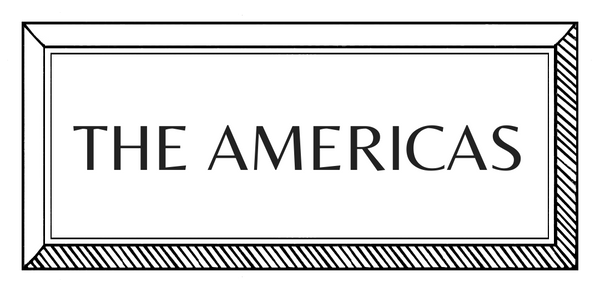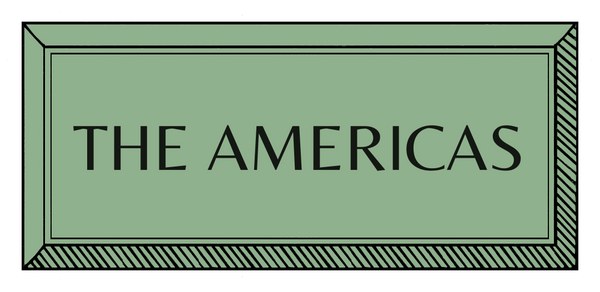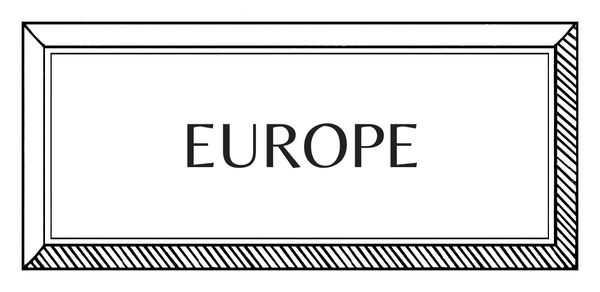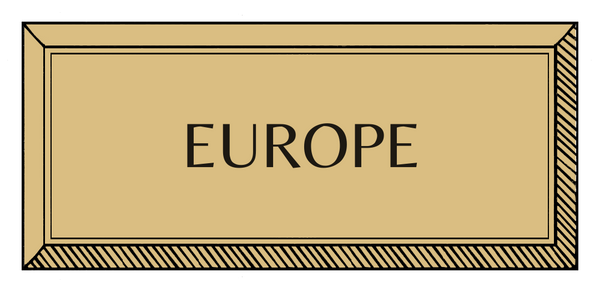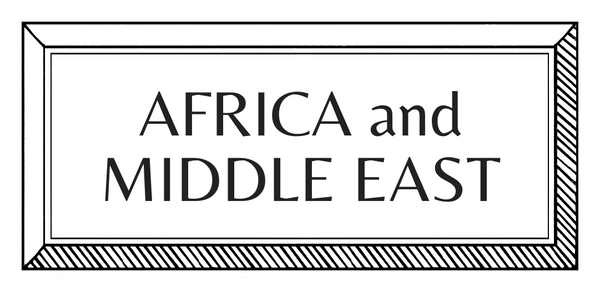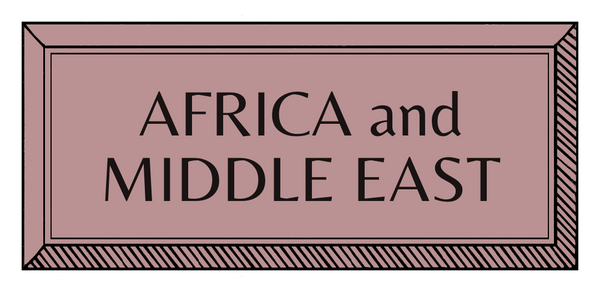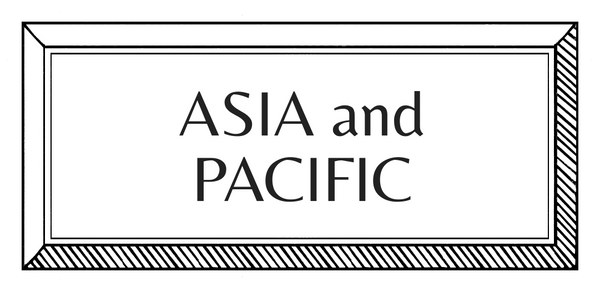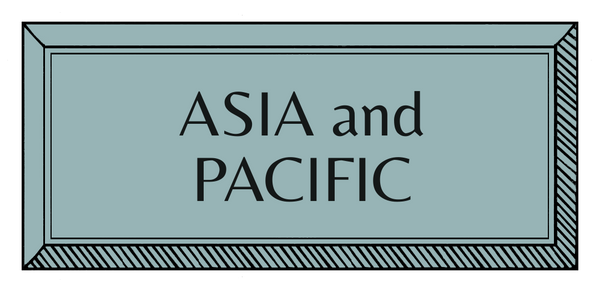CRAFT STORIES | THE AMERICAS | COLOMBIA | WEAVING
Crafted in Colombia: Iraca Palm Weaving

Ella Windsor discovers the traditional process behind Iraca palm placemats that is being used to create a new beginning for the artisans who make them and a British architect in Colombia.
The Colombia Collective creative enterprise, started by British former architect Kate Wrigley, supports artisan entrepreneurs, 82% of whom are women, to make sustainably sourced, ethical and expertly crafted homeware products and accessories in regions all across Colombia. The project has so far provided 761 families across 14 communities with income.
One weekend, Kate, who had moved to Bogotá to work as an architect for the Mayor, spotted beautiful pieces made by artisans in Usiacurí, a small peaceful hillside town in northern Colombia, near the Caribbean coast. On a quest to source basketry for a London interior design friend, she soon found she was hooked, not just by the products but also the charming characters making them, surrounded by children and parrots. She began The Colombia Collective and has never looked back. “Everything is done with a smile,” she says. “That is true of most people in Colombia but I have felt it so much working with these artisans.”

Crafting the structures.
A celebration of Colombian craftsmanship, the products are made by male and female artisans of Usiacurí. They have worked with iraca palm for generations, fol- lowing a traditional process. To color the palm, it is first cut and dried then placed in a pot of boiling water to soften enough to absorb the dye. The dyes are powder pigments in just the primary colors which the artisans then slowly mix, turning the palm as the dye spreads so that the palm gradually absorbs the color. Once the desired color is achieved the palm is taken out and hosed down with cold water to seal the dye before being hung on washing lines to dry in the sun. A wire frame is then soldered together to make a structure before being covered by the dried palm, woven back and forth across it, the gaps then filled in with various styles.
For each new project by The Colombia Collective, Kate keeps in mind what she calls, “the story of the people behind the work, the origin of the craft and what it means to them. This is so important to understand.”

Red dye process.







